468 UMMA Objects
468 UMMA Objects

Torii Kiyonobu
Beauty
1925 – 1935
Museum purchase made possible by the Margaret Watson Parker Art Collection Fund
1986/1.160

Japanese (Japanese (culture or style))
The Bodhisattva Jizô with a demon and children
1700 – 1899
Gift of Susan Pratt Walton in honor of Catherine Mariotti Pratt and James Bisset
1986/1.190

Japanese (Japanese (culture or style))
Demon Soliticing Contributions
20th century
Gift of Rudolf and Mary Arnheim
1989/1.76
![Shiva sits with his consort on a double lotus pedestal. He has six arms, his right three are in varada mudra [a giving gesture], holds a rosary and an arrow. His left arms cup his consorts left breast and hold a lotus flower and a bow. He sits in royal ease, with one leg pendant. He wears bracelets, armlets, necklaces, earrings, and a sacred thread that stretches form his left shoulder down past his waist. On his head he wears an elaborate jatamukuta, a crown interlaced with his matted locks. Parvati sits upon his knee with one leg tucked under her and the other pendant. She is also adorned with jewelry, but wears a more modest diadem at the front of her head.<br /> Shiva sits with his consort on a double lotus pedestal. He has six arms, his right three are in varada mudra [a giving gesture], holds a rosary and an arrow. His left arms cup his consorts left breast and hold a lotus flower and a bow. He sits in royal ease, with one leg pendant. He wears bracelets, armlets, necklaces, earrings, and a sacred thread that stretches form his left shoulder down past his waist. On his head he wears an elaborate jatamukuta, a crown interlaced with his matted locks. Parvati sits upon his knee with one leg tucked under her and the other pendant. She is also adorned with jewelry, but wears a more modest diadem at the front of her head.<br />](/media/W1siZiIsIjIwMjIvMDUvMjUvMnF5ZHF1aXpyaV9kZWZhdWx0LmpwZyJdLFsicCIsInRodW1iIiwiMjQweDIwMCJdXQ?sha=5e9565cd110a2b87)
Indian (Indian (South Asian))
Uma-Maheshvara, a seated Shiva and Parvati (Uma)
12th century
Museum purchase for the James Marshall Plumer Memorial Collection
1964/2.85
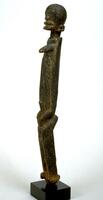
Dogon (Dogon (culture or style))
Female Ancestor Figure
1900 – 1971
Museum Purchase assisted by the Friends of the Museum of Art
1971/2.24
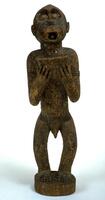
Baulé (Baule (culture))
Ape Deity (M'Botumbo)
1900 – 1971
Museum Purchase assisted by the Friends of the Museum of Art
1971/2.30

Chinese (Chinese (culture or style))
Central Asian Groom
618 – 906
Transfer from the College of Architecture and Design
1972/2.67
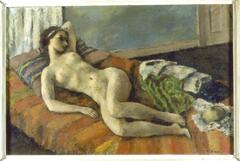
Alexander Brook (American (North American))
Nude on a Navajo Blanket
1930 – 1932
Gift of The Ann Arbor Art Association, in memory of Ruby S. Churchhill
1972/2.9

Indian (Indian (South Asian))
Mukha-Linga
19th century
Gift of Dr. and Mrs. Leo S. Figiel and Dr. and Mrs. Steven J. Figiel
1981/2.52A
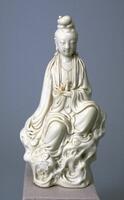
Chinese (Chinese (culture or style))
The Bodhisattva Guanyin
19th century
Gift of Willard A. and Marybelle Bouchard Hanna
1991/2.23
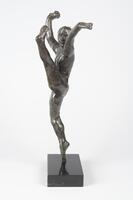
Auguste Rodin (French (culture or style))
Dance Movement A
1911 – 1956
Gift of the Kurt Delbanco Trust in honor of Nicholas Delbanco, and partial purchase
2011/1.71
Loading…

